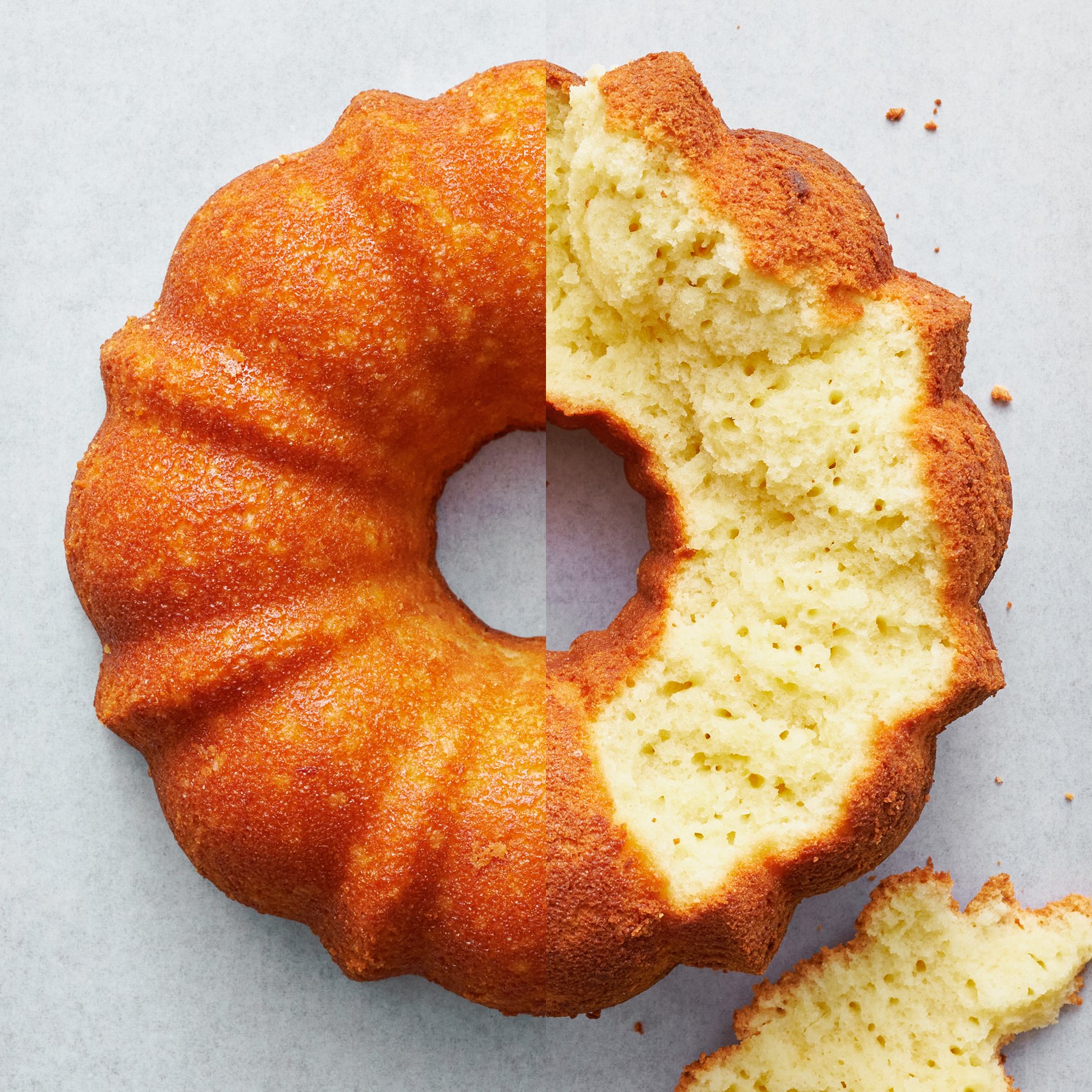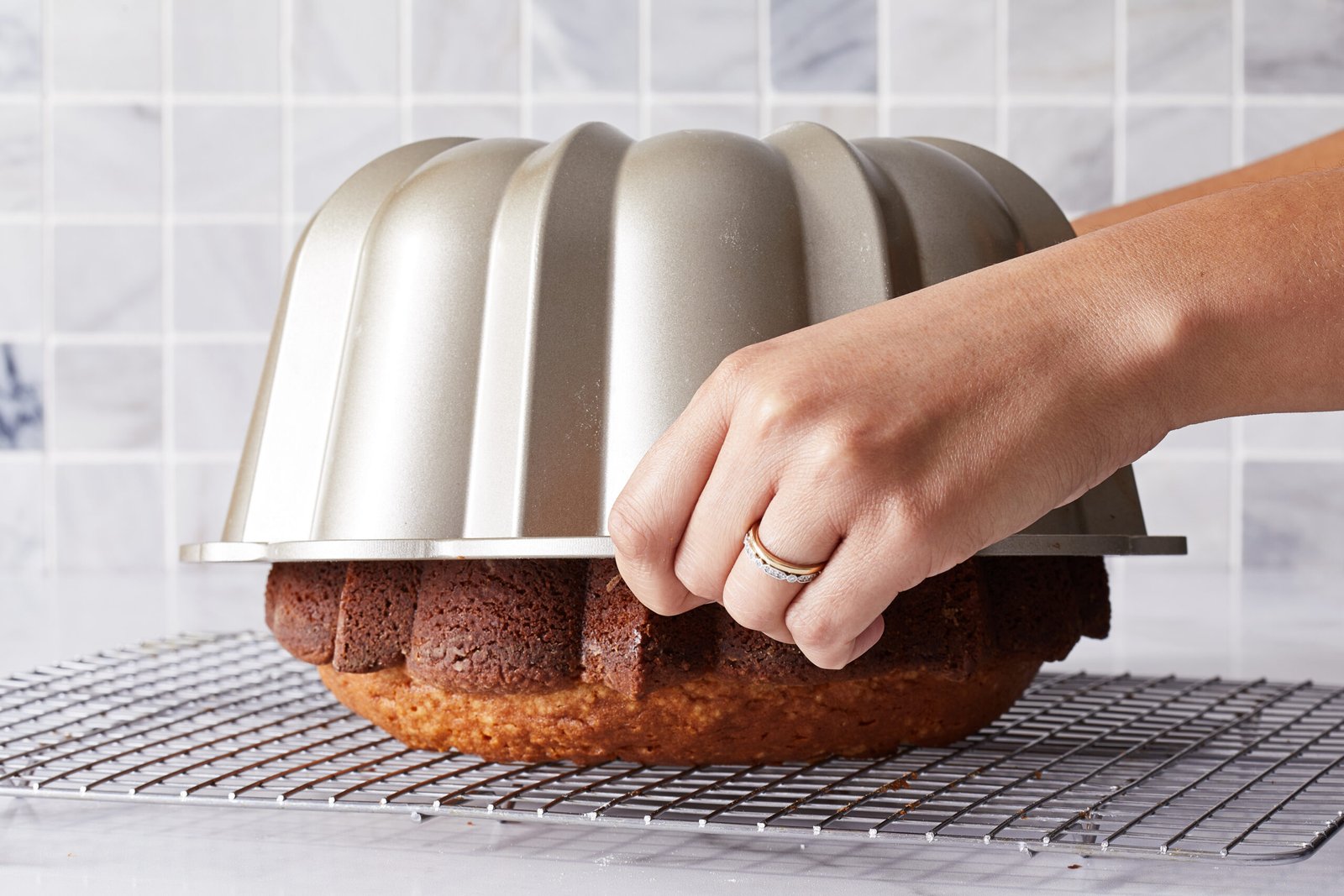Remove the cake from the pan after it cools for 10-15 minutes. This prevents sticking and breakage.
Timing is crucial for removing a cake from its pan. Allowing the cake to cool for 10-15 minutes helps it to set properly. This short cooling period ensures the cake maintains its shape and texture. Removing it too soon can lead to breakage, while waiting too long can cause sticking.
Use a knife to gently loosen the edges before transferring the cake to a cooling rack. This method guarantees a perfect release every time. Proper timing and technique make all the difference in achieving a flawless cake. Avoid common mistakes and enjoy a beautifully intact cake ready for frosting or serving.
Timing Considerations
Allow the cake to cool in the pan for 10-15 minutes. This prevents sticking and ensures a clean release.
Cooling Period
After baking, let the cake cool for 10-15 minutes. This helps the cake set. It also makes it easier to remove from the pan. If the cake is too hot, it might break apart. If too cool, it may stick to the pan. Use a cooling rack for best results. This allows air to circulate around the cake. Proper cooling ensures a perfect cake.
Pan Type
The type of pan affects cooling time. Metal pans cool faster than glass ones. Non-stick pans help the cake release easily. For bundt cakes, wait a bit longer. The cake should pull away from the sides. Always grease and flour the pan before baking. This helps prevent sticking. Different pans need different cooling times. Choose the right pan for your cake.

Cake Type Matters
Sponge cakes are very light and airy. Remove them from the pan immediately after baking. This helps keep their texture. Use a knife to loosen the edges first. Place the cake on a wire rack to cool.
Bundt cakes have many curves. Wait 10 minutes before removing them from the pan. This helps the cake firm up. After 10 minutes, use a knife to loosen the edges. Invert the cake onto a wire rack. Let it cool completely.
Temperature Check
Touch the surface of the cake gently. It should feel warm, not hot. If it is too hot, the cake might break. A warm cake is easier to handle.
Use a thermometer to check the cake’s center. The ideal temperature is around 200 degrees Fahrenheit. If it is too low, the cake might be undercooked. If it is too high, the cake might be overcooked.

Tools You Need
The best time to remove a cake from the pan is when it has cooled for about 10-15 minutes. Use a knife to gently loosen the edges before flipping it onto a cooling rack.
Cooling Racks
Cooling racks help your cake cool evenly. Place the cake on the rack right after baking. Air can circulate freely around the cake. This prevents sogginess. Cooling racks are essential for perfect cakes. Cakes cool faster on racks. It also makes them easier to handle.
Spatulas
Spatulas are handy tools for removing cakes. Use a spatula to loosen the cake edges. Gently slide it around the pan. This helps release the cake without breaking it. Silicon spatulas are gentle on cakes. Metal spatulas can also work well. Choose the right spatula for best results.
Preventing Sticking
Use butter or oil to grease the pan. Make sure every corner is covered. This helps the cake to slide out easily. Non-stick spray is also a good option. Avoid using too much grease. It can make the cake soggy.
After greasing, sprinkle flour into the pan. Shake and tap the pan to spread it evenly. The flour forms a barrier between the pan and the batter. Cocoa powder can be used for chocolate cakes. This prevents white spots on the cake.
:strip_icc()/101128719-80ef58b6df5646f49789c906c51cf1e0.jpg)
Handling Fragile Cakes
Fragile cakes need special care. Cooling is very important. Let the cake cool for 10-15 minutes. This helps to set the structure. Move the pan to a wire rack.
Gently run a knife around the edges. Use a thin blade. This helps to loosen the cake. Be careful not to damage the sides.
Parchment paper helps a lot. Line the pan before baking. This makes it easy to lift the cake. Always use non-stick parchment paper.
For best results, cut the paper to fit the pan. This helps to prevent sticking. Let the cake cool, then lift by the paper. This keeps the cake intact.
Common Mistakes
Removing the cake too early can cause it to fall apart. Cakes need time to set properly. Wait until the cake cools for at least 10 minutes. Use a toothpick to check if the cake is ready. Insert the toothpick in the center of the cake. If it comes out clean, the cake is ready.
Forgetting to grease the pan is a common mistake. This can cause the cake to stick to the pan. Always use butter or oil to grease the pan. You can also use parchment paper for easy removal. Greasing the pan ensures a smooth release.
Expert Tips
Always let the cake cool before removing it. This helps it set properly. Rushing can cause it to break. A warm cake is fragile and may fall apart. Wait at least 10 minutes for most cakes. Some cakes need up to 30 minutes. This allows time for the cake to firm up.
Gently run a knife around the cake edges. This helps release it from the pan. Be careful not to tear the cake. If the cake sticks, use a spatula. Slide it under the cake to loosen it. This ensures a smooth removal.
Frequently Asked Questions
When Should I Remove Cake From The Pan?
Allow the cake to cool for 10-15 minutes. This helps it firm up. Removing it too soon can cause breakage.
How Do I Know Cake Is Ready To Be Removed?
Check if the cake edges pull away from the pan. The cake should feel firm to the touch.
Should I Cool The Cake In The Pan?
Yes, let it cool for 10-15 minutes in the pan. This prevents the cake from breaking apart.
Can I Remove Cake From The Pan While Hot?
No, wait until the cake cools slightly. Removing it while hot can cause it to crumble.
Conclusion
Timing is crucial for removing cake from the pan. Wait until it’s slightly warm, not hot. This prevents crumbling and ensures a perfect release. Experiment with your specific recipe to find the ideal moment. Proper timing makes cake removal easy, enhancing your baking results.
Enjoy your perfectly released cake every time.
